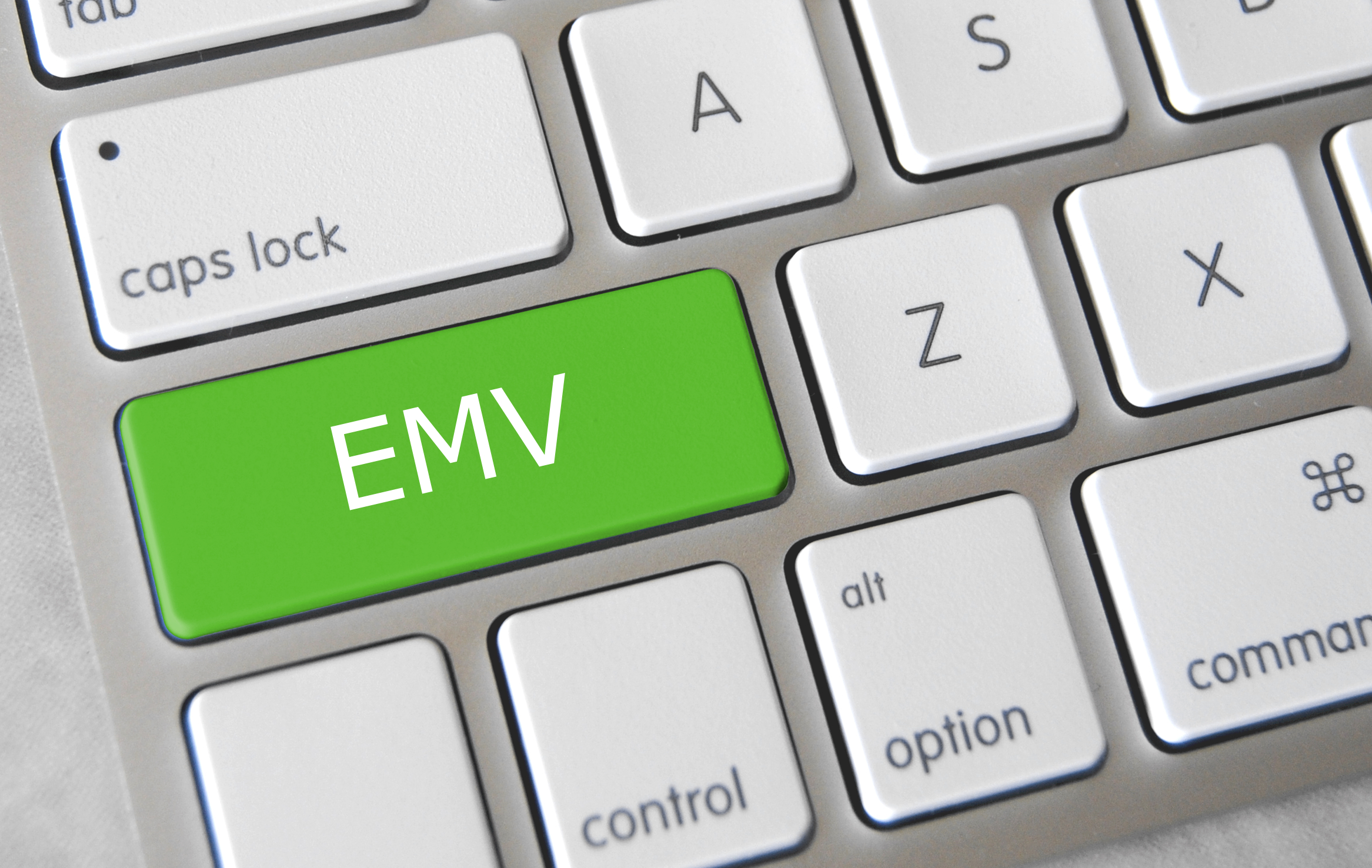

Physical damage of any kind is not covered. In the event, a terminal fails after the warranty period but less than 3 years since purchase, a new terminal can be purchased at a reduced cost. If the terminal has failed within the warranty period and cannot be repaired a replacement will be provided. Additionally, Cash Practice provides an additional 1-year warranty for out-of-the-box equipment failure (increasing the warranty period to a total of 2 years). There is a 1-year manufacturer warranty for out of the box equipment failure. For assistance with returns, merchants will need to contact our Merchant Services Dept at (877) 343-8950 x105. The merchant will be responsible for all return shipping fees. Refunds (less the restocking fee) will be posted against the original payment within 10 business days of receipt of return. There is a $50 restocking fee for each EMV terminal returned. Items must be returned in new condition in their original packaging postmarked within 30 days of purchase. In order to process card-present-swiped transactions (USB Swiper, CP Mobile Swiper & EMV Chip Terminal), our Retail merchant account is required and has merchant fees associated with it.ĮMV Terminals come with a 30-Day Money-Back Guarantee. Not only does it protect consumers, but it also helps reduce costs associated with illegal credit card activity which is estimated to be in excess of $10 billion in the U.S. According to the Smart Card Alliance, 47 percent of worldwide credit card fraud originates in the U.S., while face-to-face credit card fraud has been reduced by 72 percent in Great Britain since 2004, thanks largely to EMV. EMV has been proven successful in limiting security breaches and counterfeit card fraud in Europe and around the globe. During the process, data flows between the chip-enabled card and the issuing financial institution to assure that the card is legitimate and to create a new set of transaction data.ĩ9.9% of the PoS (point of sale) terminals in Europe are chip-enabled currently, and the United States is the last major market to embrace EMV technology. Cards are inserted into the terminal or, in the case of contactless transactions, held within proximity of a reader. Much like credit cards with the familiar magnetic strip, the EMV card operates in concert with a terminal at the point of sale. The card is authenticated each time it is used, so even if card data is stolen, it cannot be used again because each transaction generates a unique code. The encoded information combats card cloning and skimming. That chip stores secure information necessary during payment processing. The micro-processing chip is embedded behind the small metallic square (called a contact plate) on the front of an EMV card.

Banks and credit card issuers have begun the transition to EMV which is set to fully take effect in the U.S. or risk absorbing liability for fraudulent transactions.ĮMV is a global standard for credit cards containing a crime-fighting computer chip and the technology to read and authenticate cards in a way that seriously reduces fraud. EMV stands for Euro-pay, MasterCard, Visa-the three companies that created the standard more than a decade ago. Beginning October 2015, it's recommended that merchants adopt the new chip and pin technology when accepting credit cards.


 0 kommentar(er)
0 kommentar(er)
